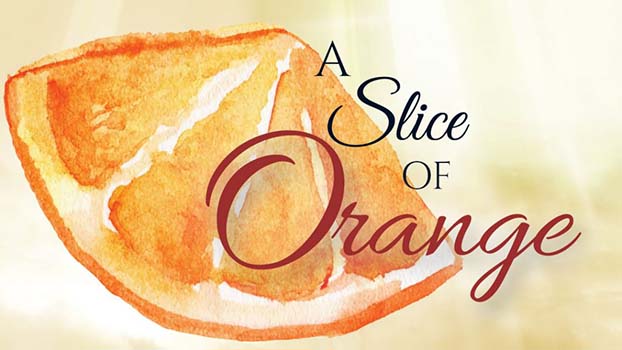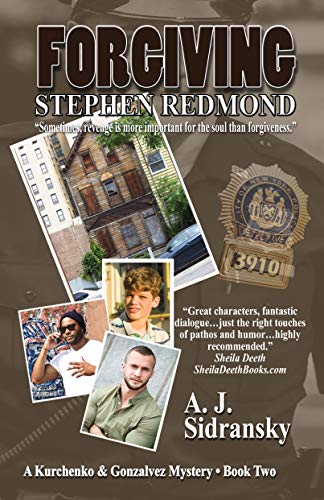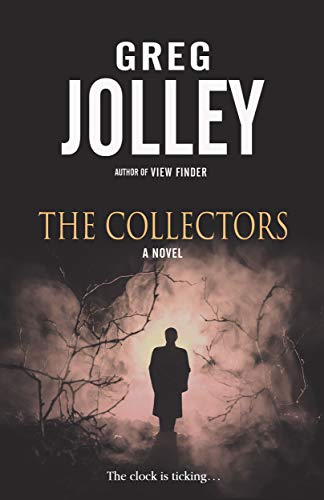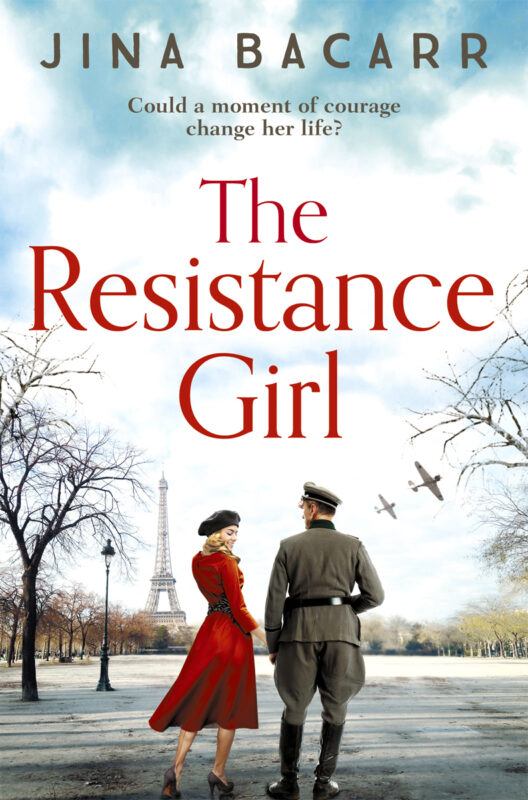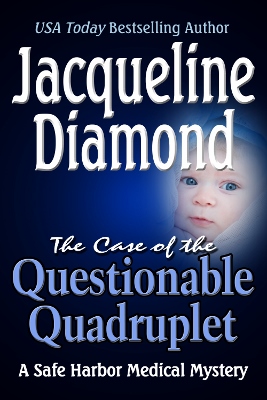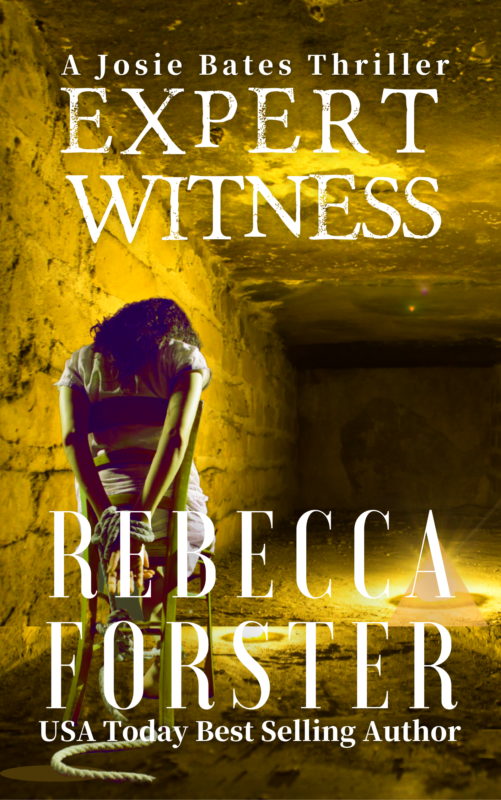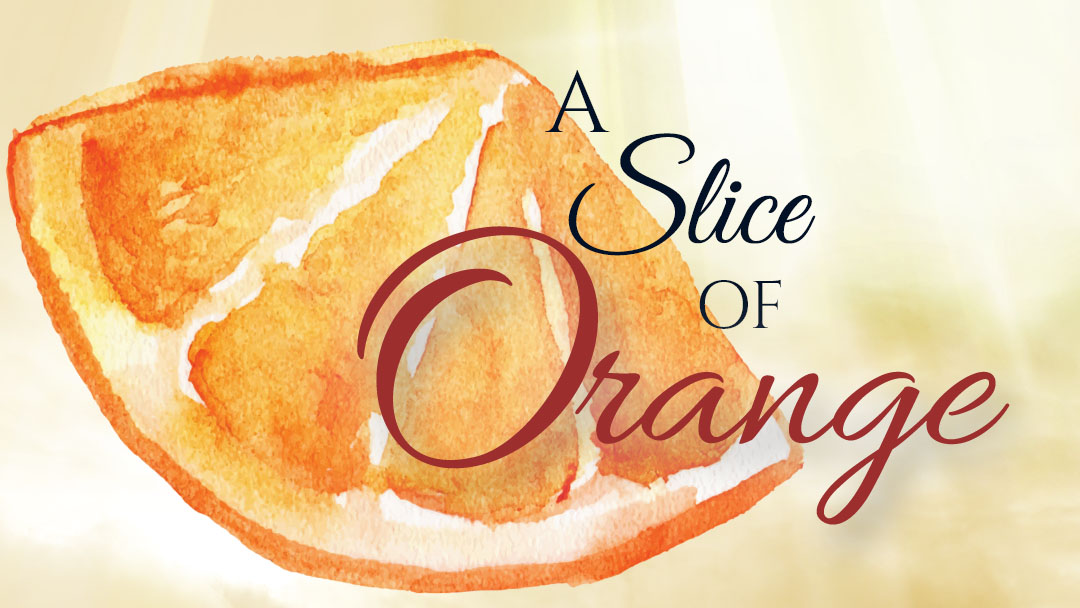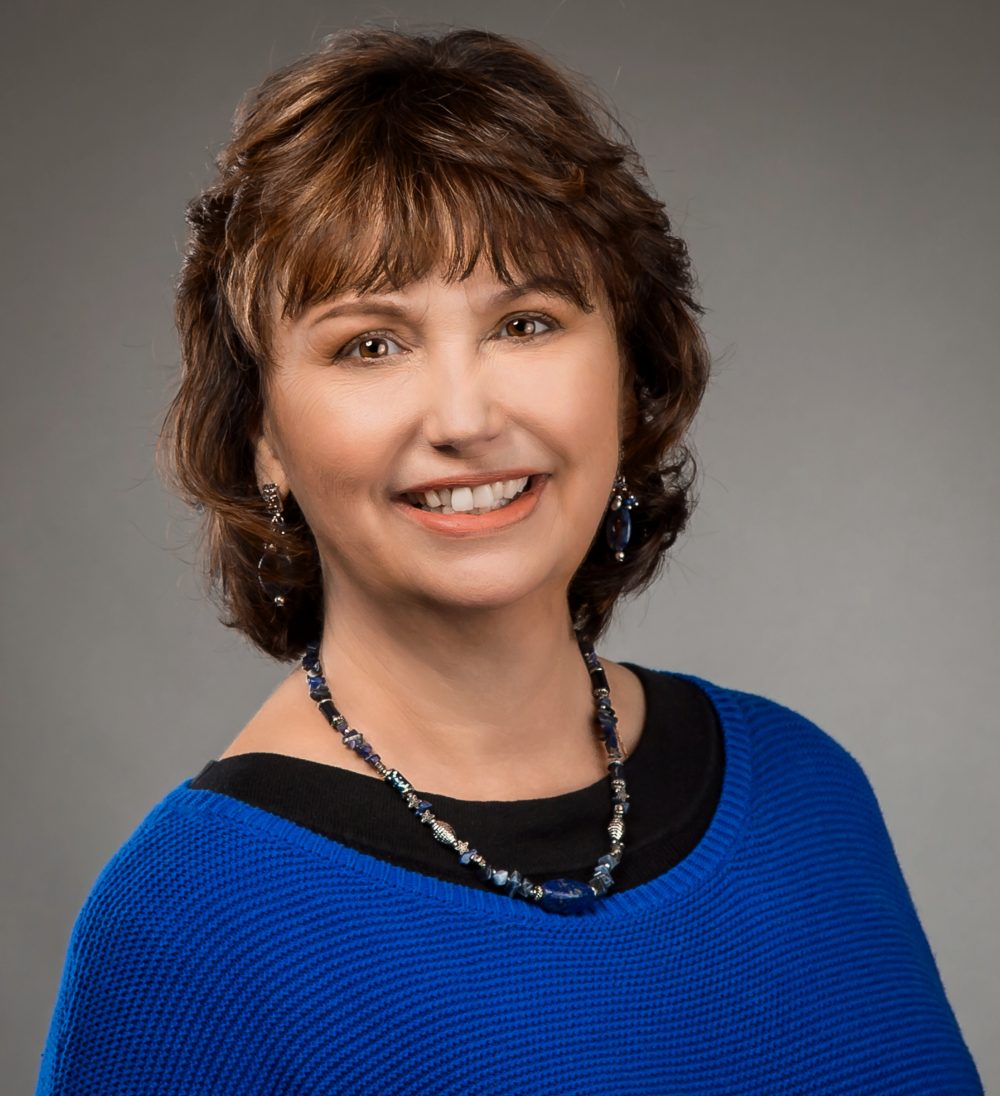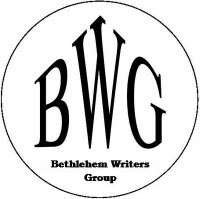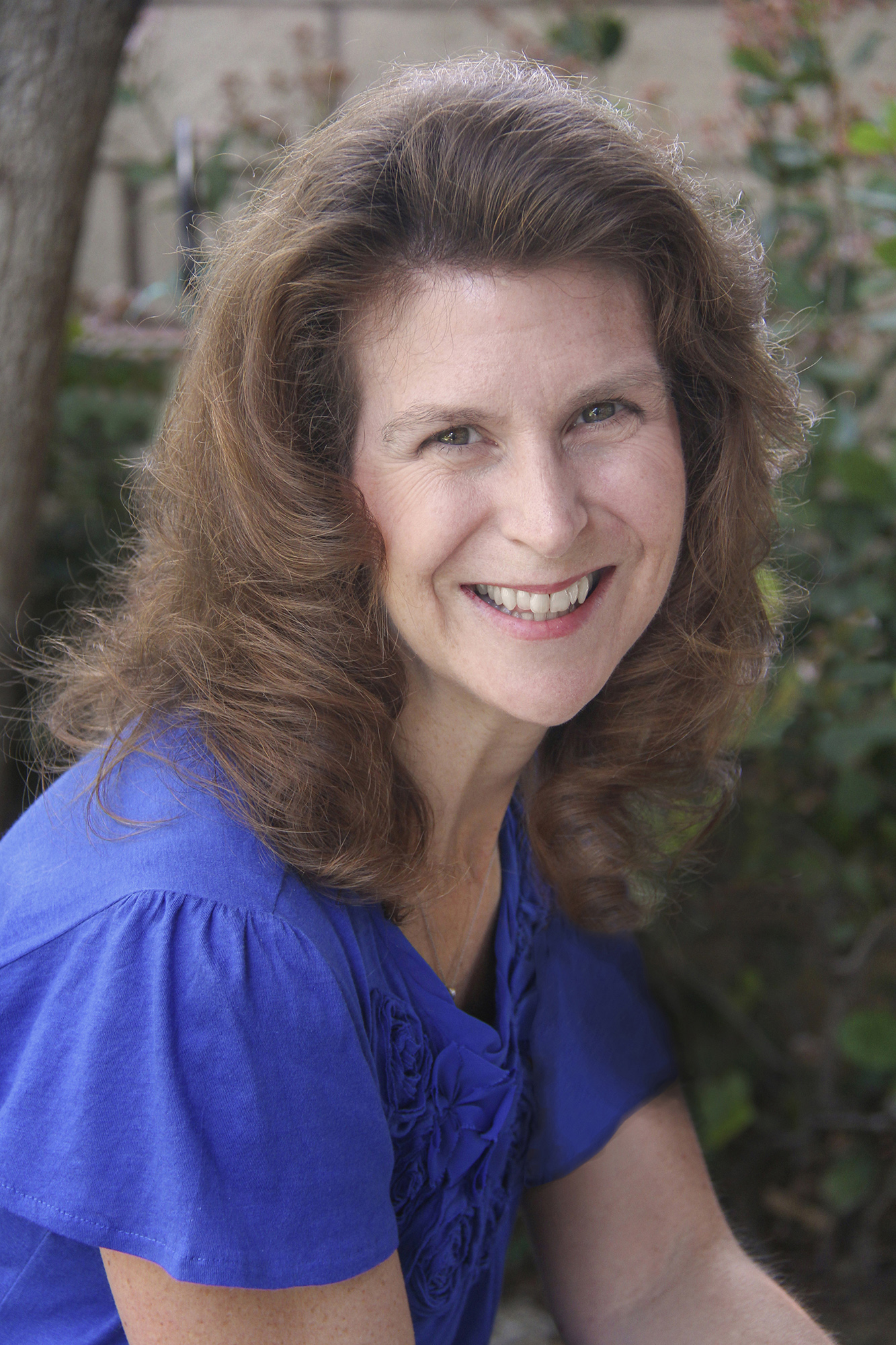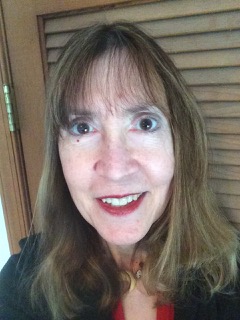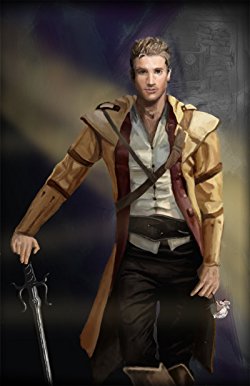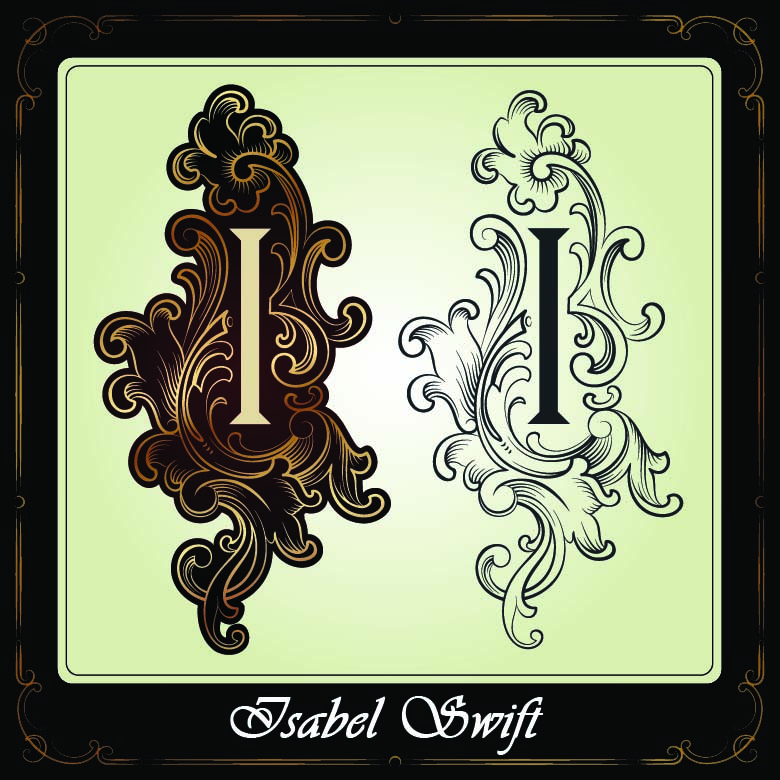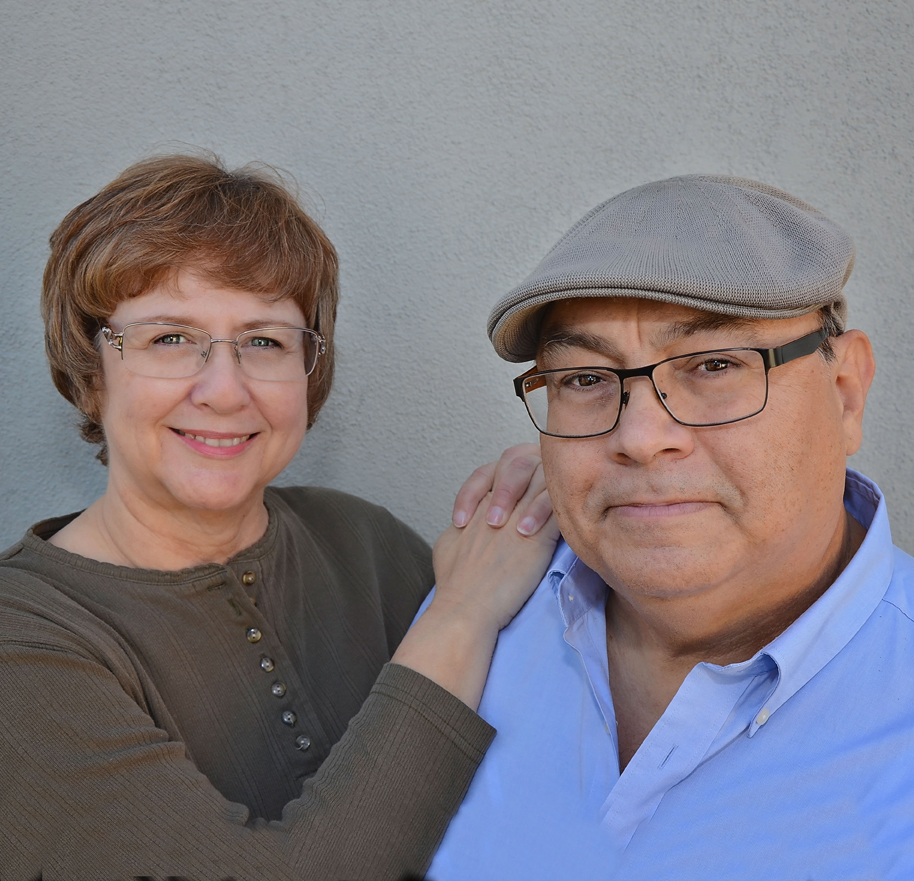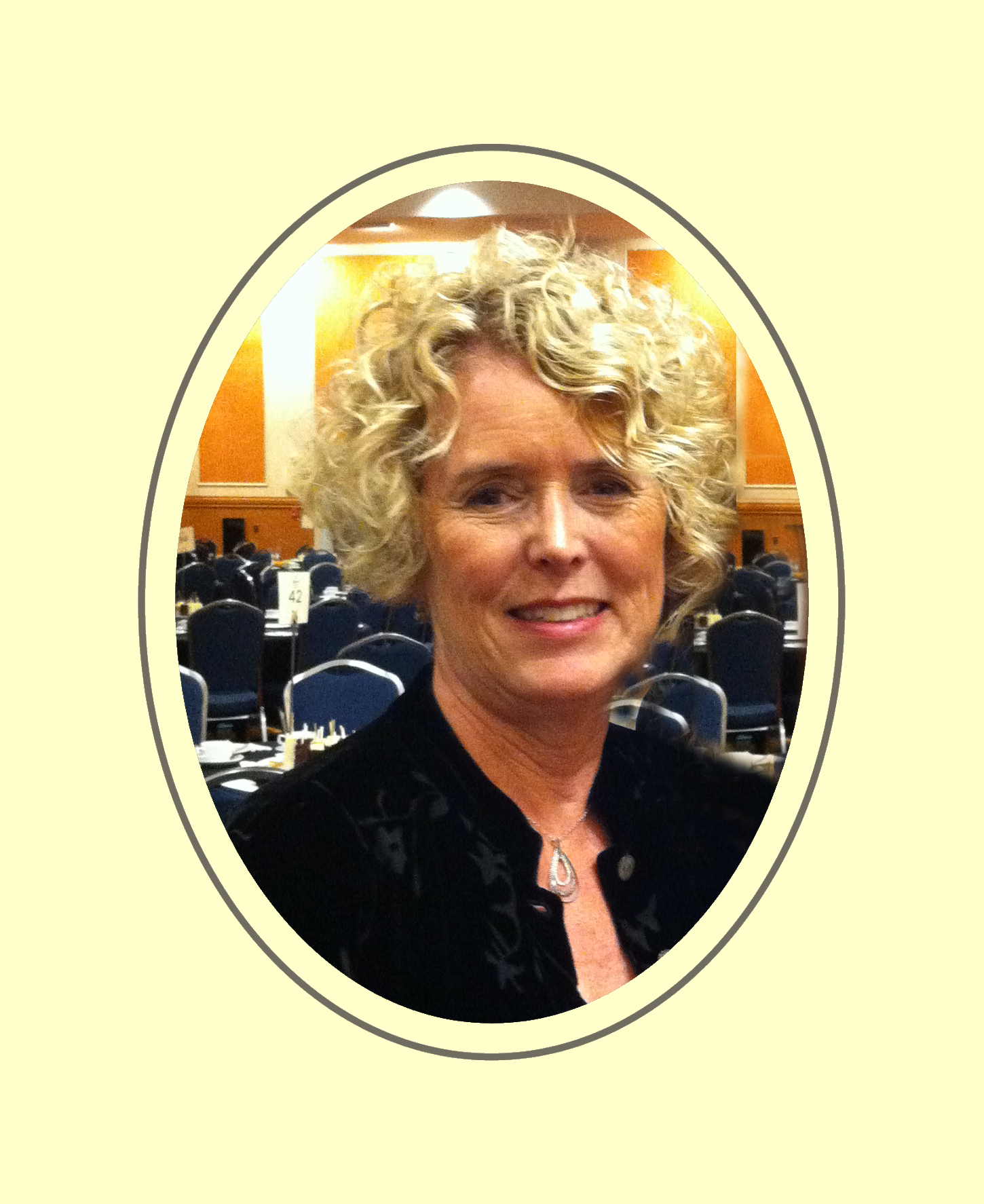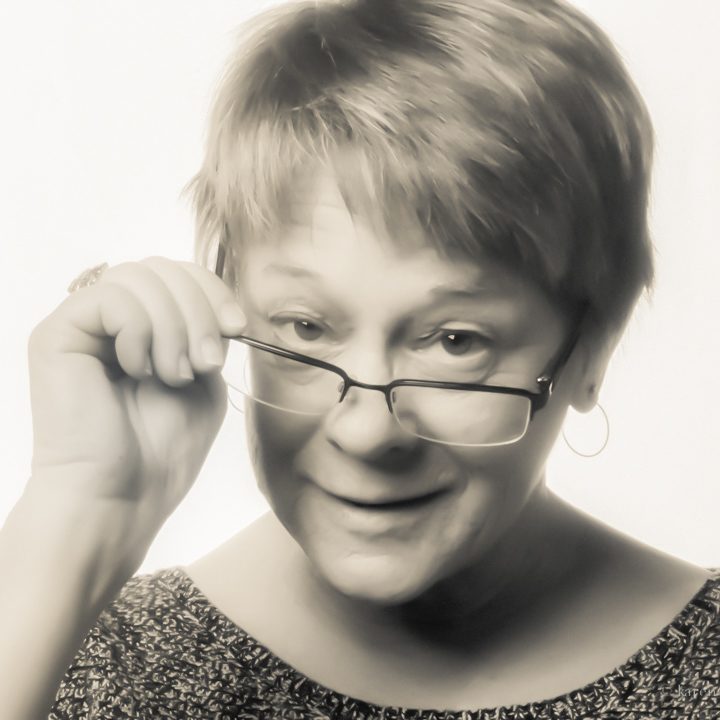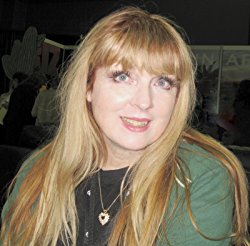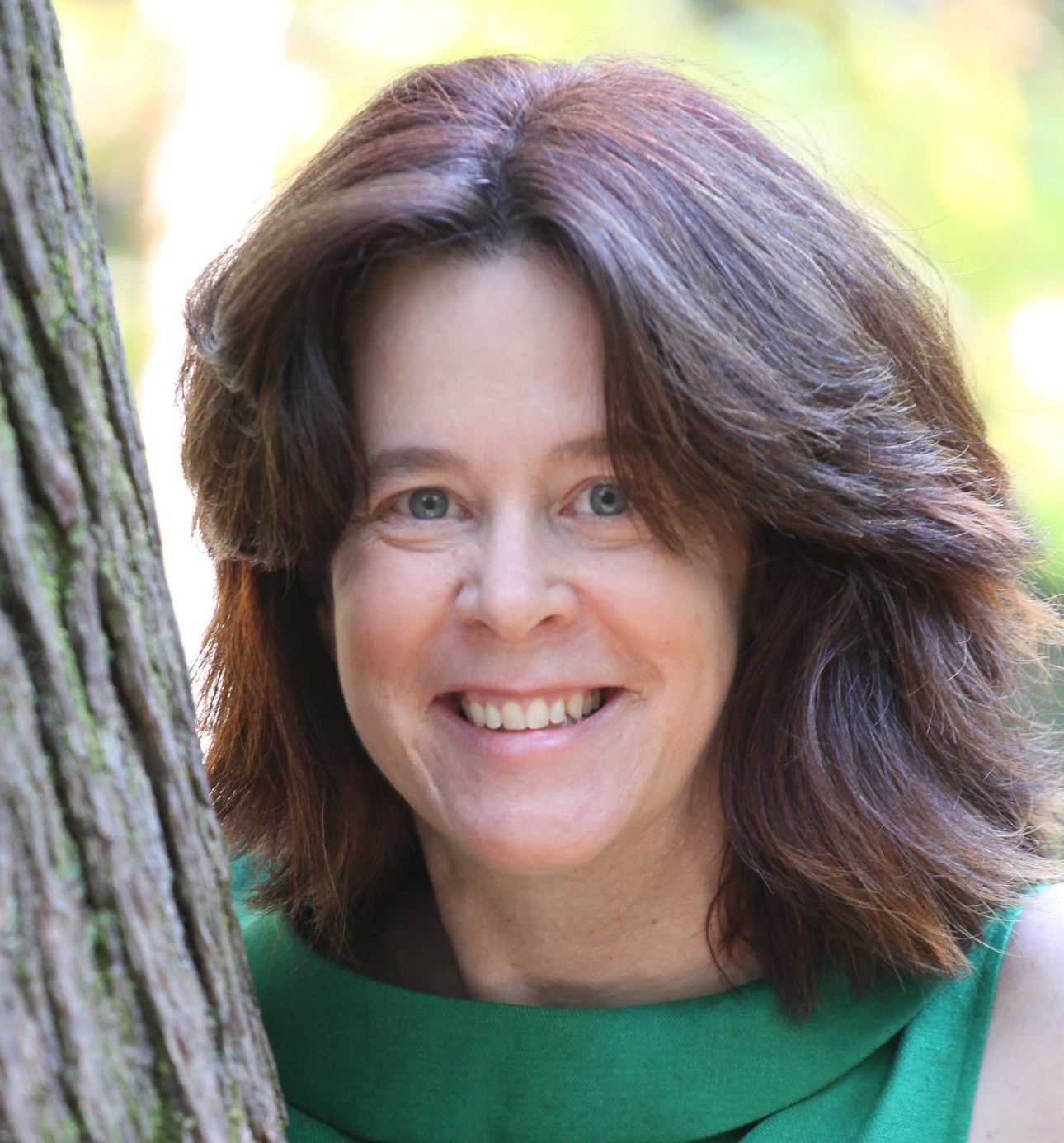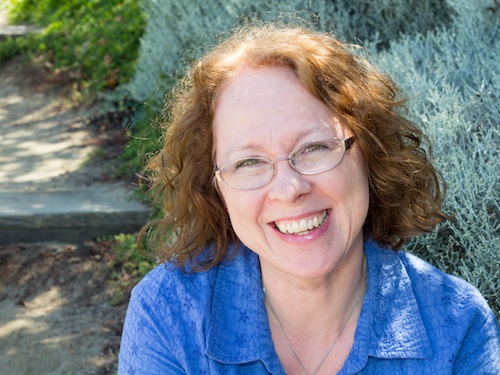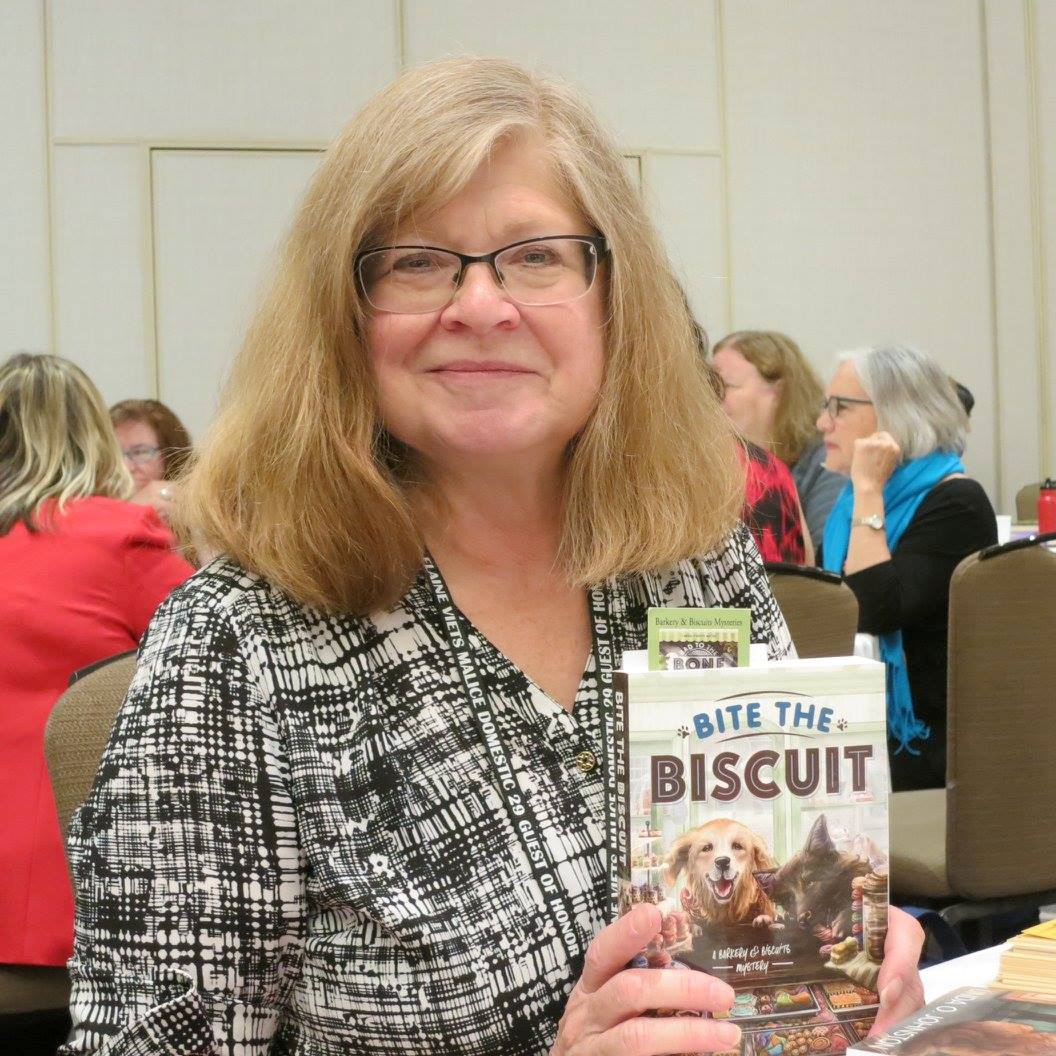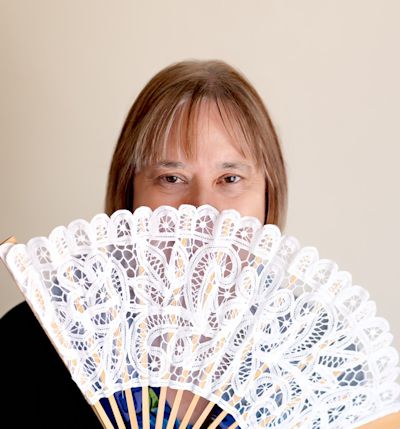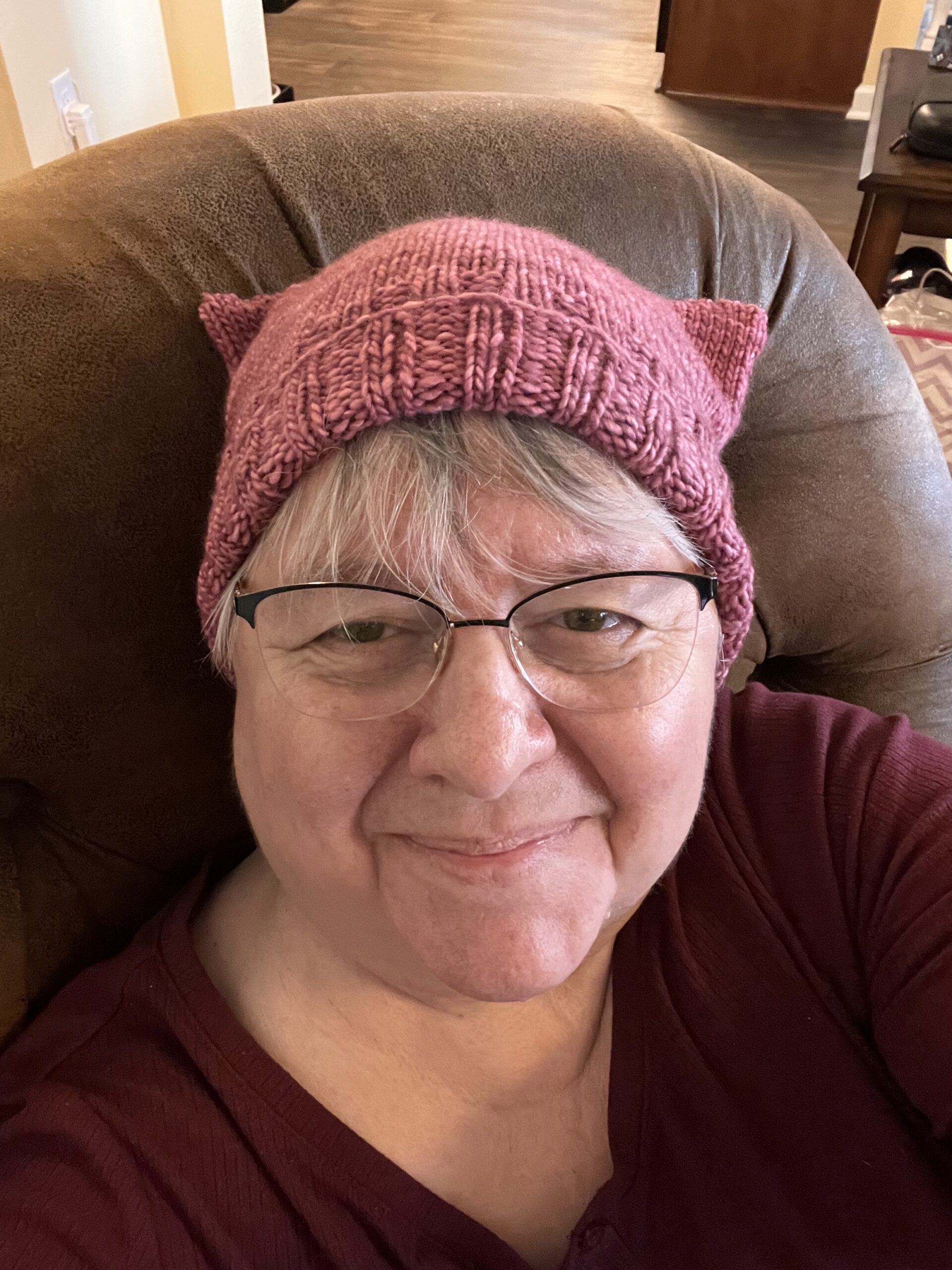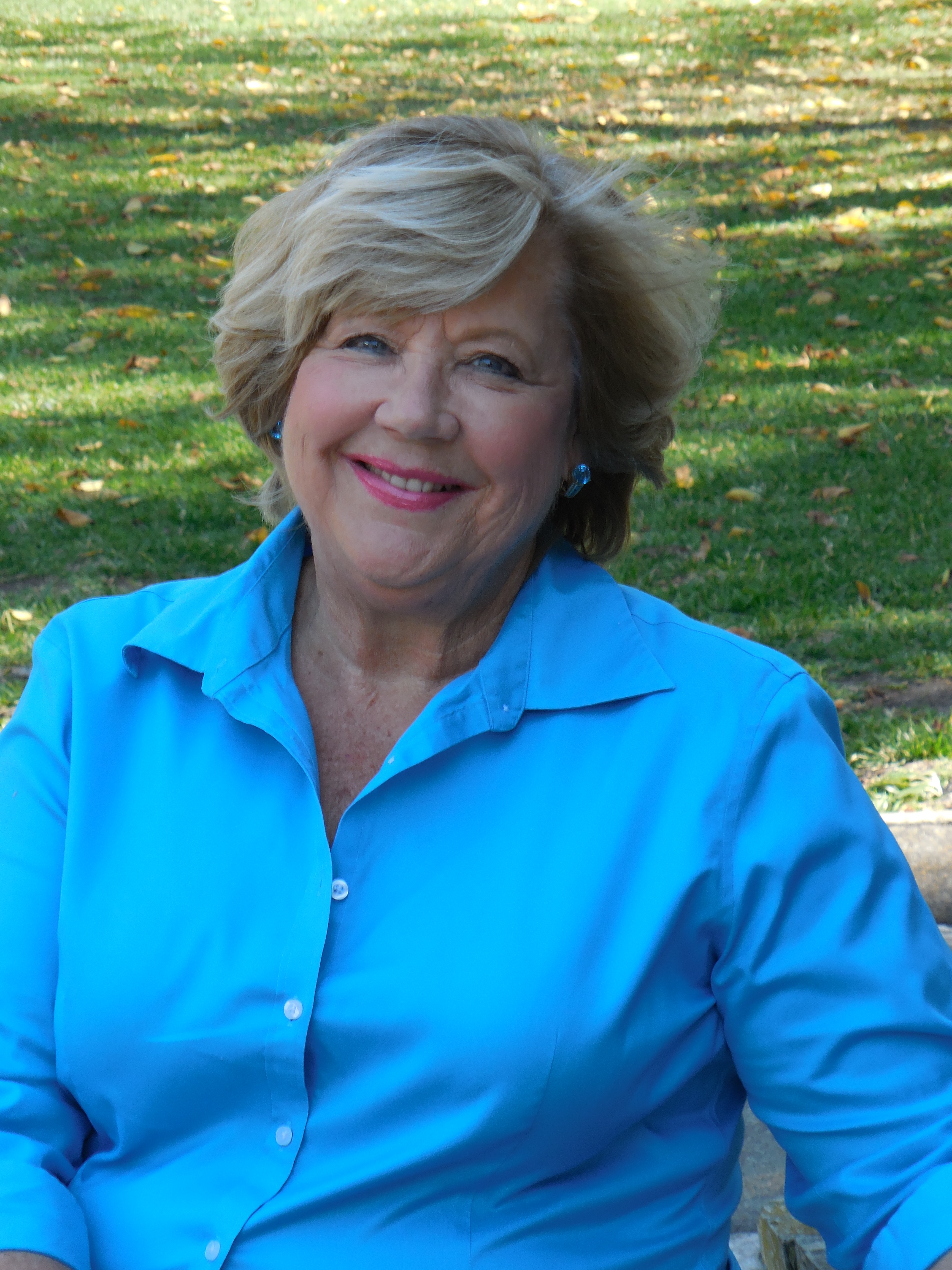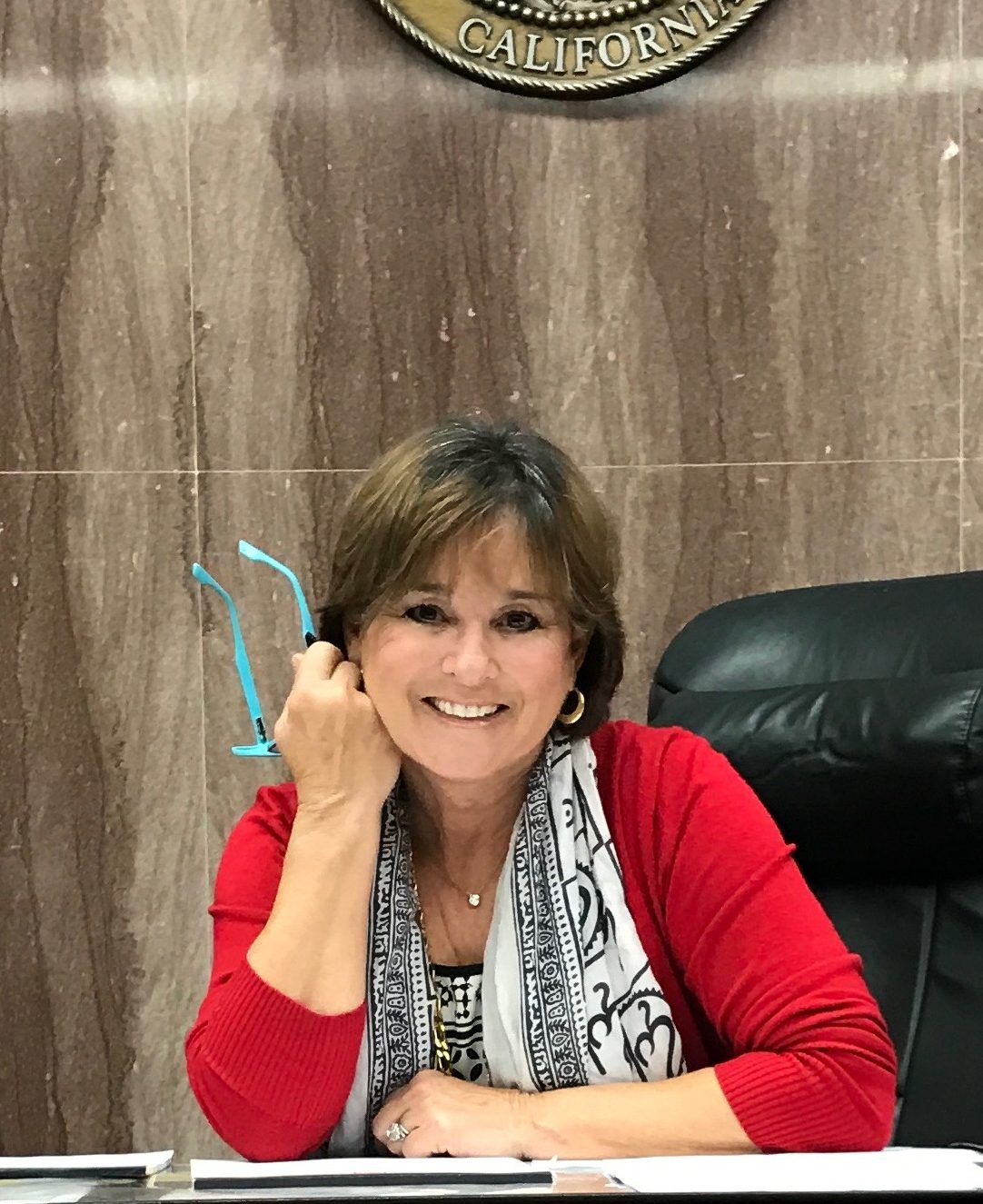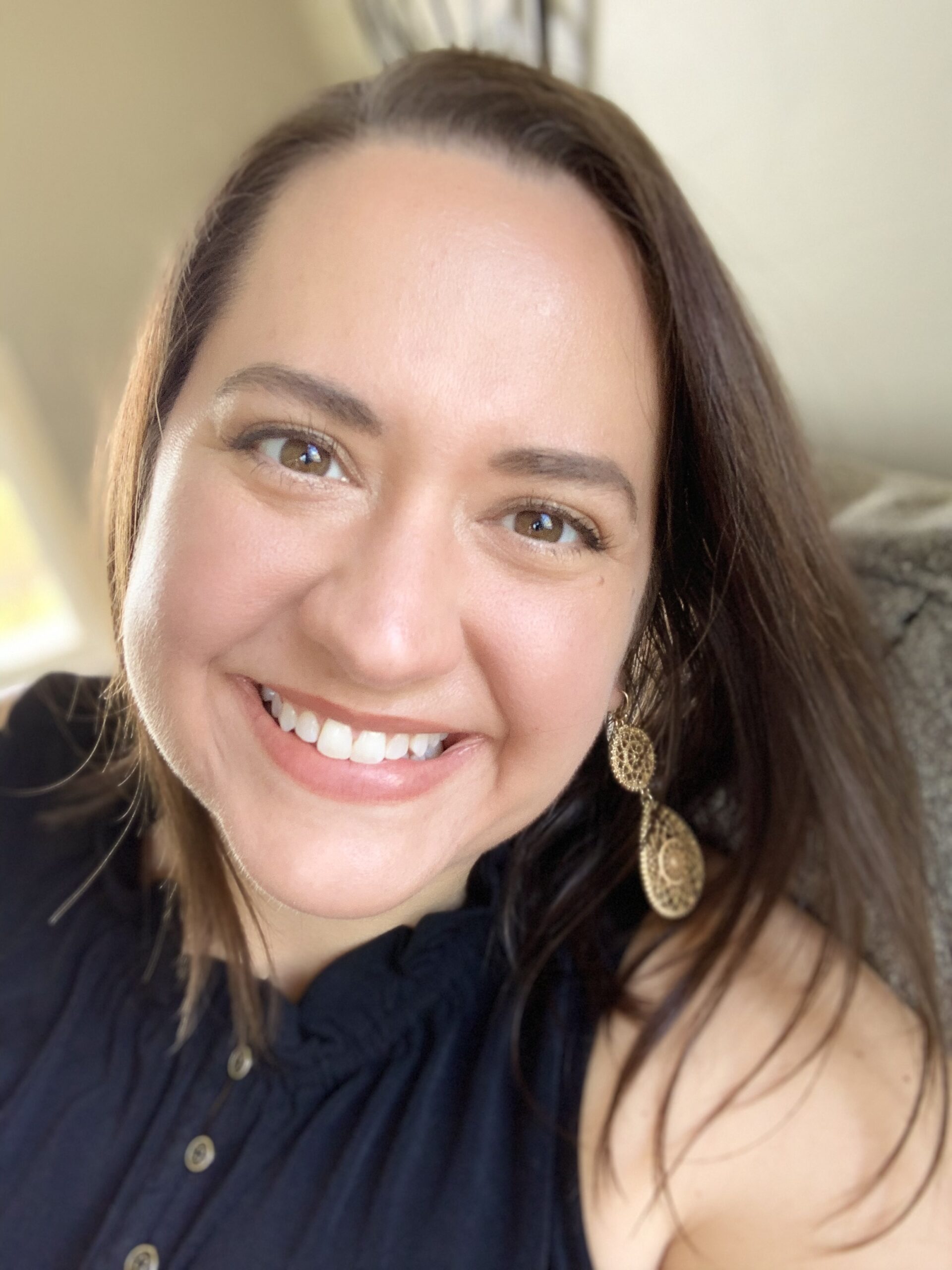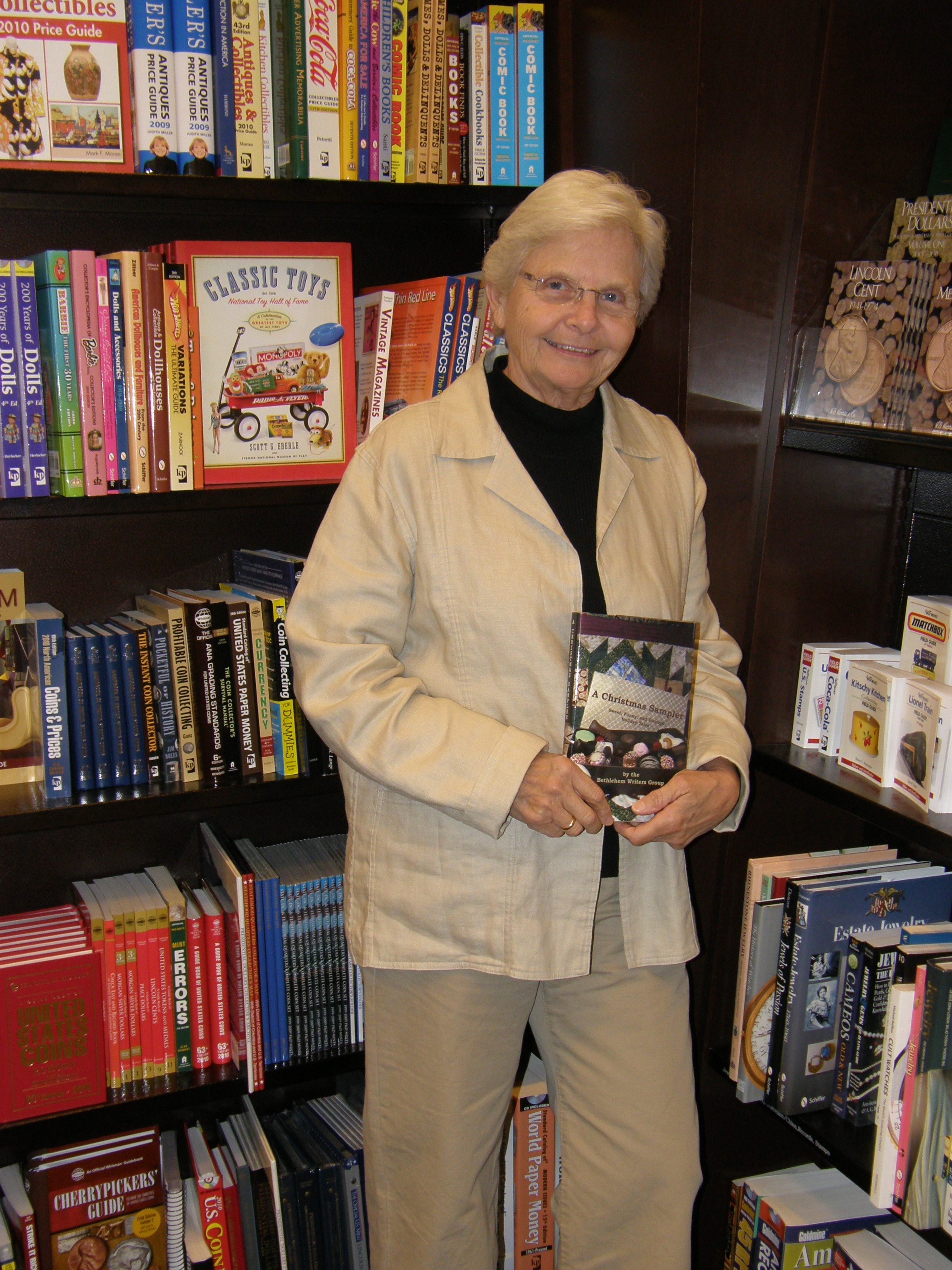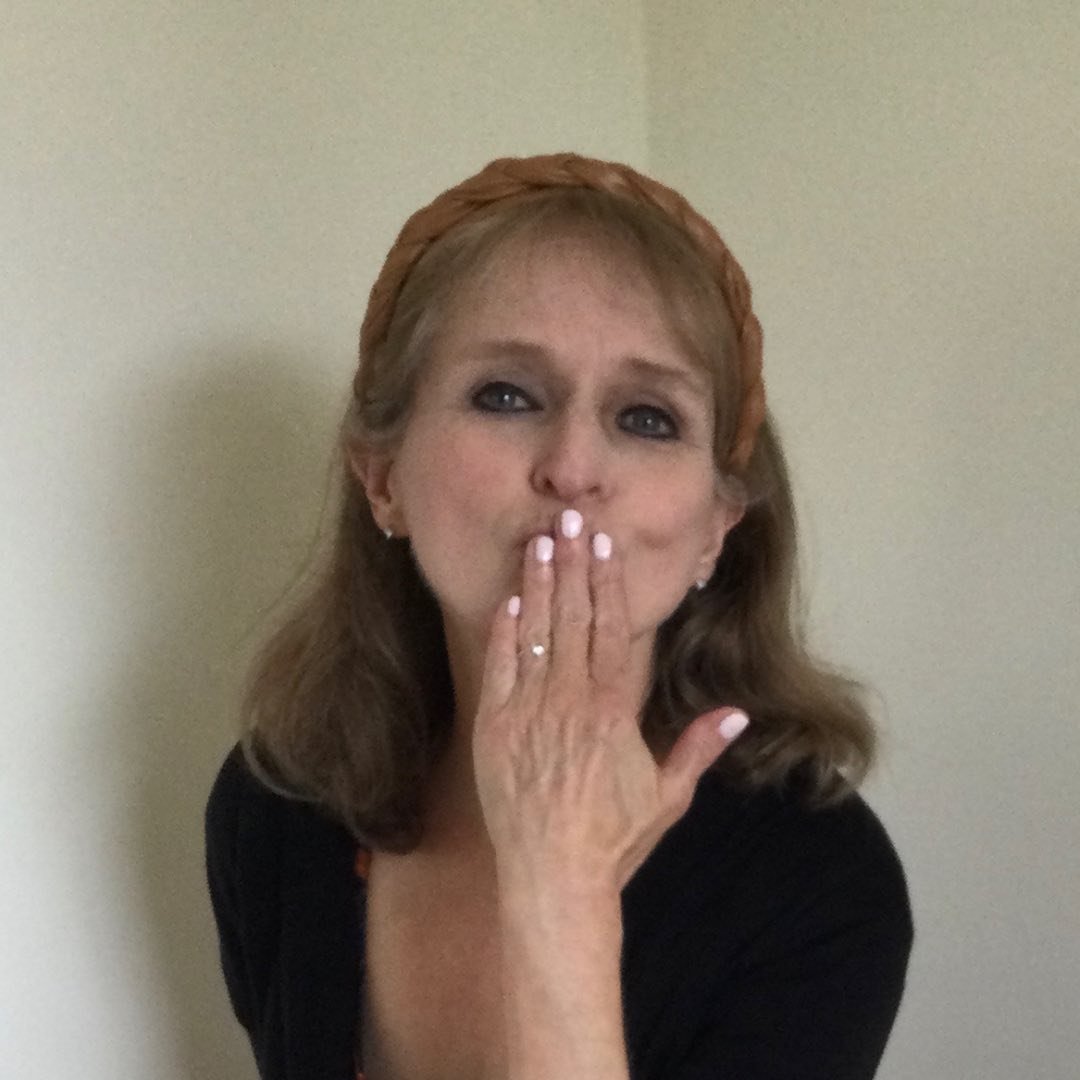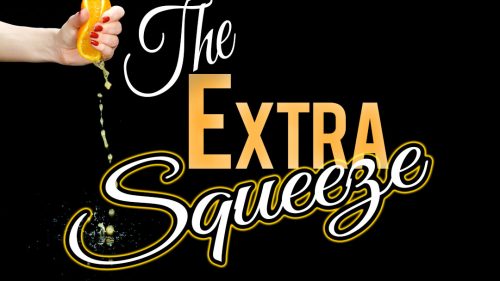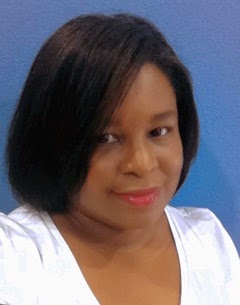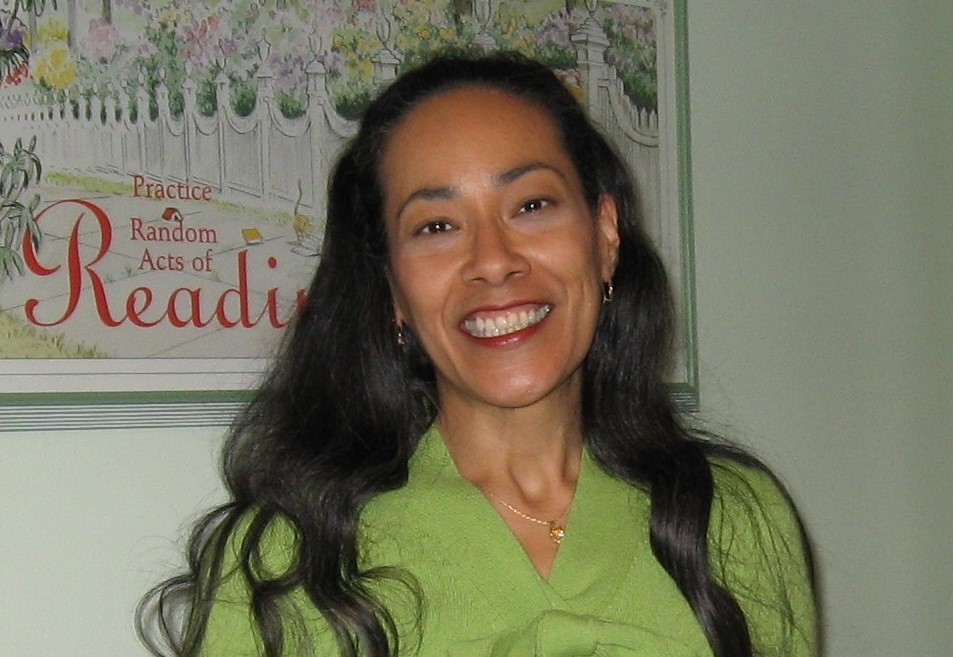How to make the most out of your conference weekend
March 25, 2015 by A Slice of Orange in category Archives tagged as #CDWC, California Dreamin' Conference, SoCal RWA ConferenceI can’t believe it’s finally here! I’m talking about this weekend’s California Dreamin Writers Conference. This will be my second conference so I thought I’d share some tips to help you get the most out of this experience.
1) Keep your business cards on you at all times
You never know who will be in the elevator with you or sitting next to you at lunch. It could be a potential reader, it could be your dream agent. Or it could just be someone you liked talking to for a few minutes and want to follow them on Twitter and vice versa. So have a business card handy to pass on just in case!
2) Go to at least one workshop outside your usual genre or track
Sometimes you can’t always judge a workshop or a speaker by a title or few sentence description alone. Who knows? You could learn something or meet someone important that will have an impact on your writing.
3) Have fun…but not too much fun
You wouldn’t want to miss out on some morning workshops because you stayed out all night partying, would you? There are so many great speakers at this event that it would be a shame to miss out on learning something from them because you overslept.
4) Mingle!
Even if you don’t know him or her, talk to the person sitting next to you during a workshop or at dinner. A conference is the best way to build your network of author friends.
5) Ask questions — even if you think you already know the answer
This is the only way we learn. Not only that, but asking questions can open doors that you thought were locked. So don’t be afraid!
Feel free to add your own conference tips in the comments below.
See you this weekend, I hope!
Sabrina Sol
www.sabrinasol.com
@theromancechica
Power Corrupts…
March 24, 2015 by A Slice of Orange in category ArchivesPower allows existing personality traits to manifest themselves–it may enhance, but it doesn’t create the traits.
Unfortunately, since they themselves are quite unpleasant people–willing to do anything to achieve power–they often assume everyone else is the same, and can be quite paranoid. And to paraphrase the joke, just because they are paranoid doesn’t mean they are not hated and that everyone is indeed out to get them. Again, the traits were all there to start off with, power is not the cause, though it does enable the effects.
So don’t blame power. It’s just a door opener to the jerk within…
Women in the Civil War: North and South by Jina Bacarr
March 11, 2015 by A Slice of Orange in category Archives tagged as belle, Civil War, Confessions of a Podcast Goddess, danger, North, nurse, romance, soldier, South, spy, time travel, war, womenMy favorite things are anything vintage.
Stuffed away in my closet I have a blue parasol trimmed with white lace, a pair of old lace-up, pointy boots.
And a hoop skirt.
As flighty and unpredictable as any belle from the Civil War.
But the reality of the role of women during the War Between the States is more than flirty belles twirling a pretty parasol. Women worked as nurses, volunteered as soldiers, risked their lives as spies. They were The Women of the Civil War: North and South.
This is the 150th Anniversary of the end of the Civil War. I’ve always loved this era since I first saw Scarlett sitting on the front porch at Tara with the Tarleton Twins and pooh-poohing the idea of war coming. So I’ve just finished my own Civil War novel–a time travel…more about that coming up. I’ll update as things progress.
One thing the women of the North and South had in common was their love for the men fighting. They became nurses, took wounded into their homes, sewed blankets and uniforms, baked breads and jellies, and fought beside them. They did everything they could to help their cause.
Can you imagine living in a time when wearing a corset day and night was required? Women found themselves not only hampered by stays, but petticoats and those hoop skirts. I got my hoop skirt from the costume department in a theater where I worked years ago…they were throwing it away!! No, I couldn’t have that. I was thrilled to take it off their hands. Since then, I’ve worn it under a Civil War era gown to commemorative events, book signings, and costume parties.
When I was writing my CW time travel, I put it on again. Just to get the feel of what it was like.
Floating…is how I would describe it.
It’s so important to walk the walk, talk the talk of the time. I’m fascinated with the women who fought as soldiers. Imagine trying to keep your identity secret among a bunch of rowdy troops. Not easy. According to reports, many women signed up to get a regular paycheck. How about being a nurse? You had to be over thirty and plain.
And what about being a spy? Sounds glamorous…but dangerous. Imagine hiding a letter written in cipher in your pantaloons.
Thanks for stopping by…and as I mentioned, more about my Civil War time travel when I have news!
Best,
Jina
http://jinabacarr.com
@JinaBacarr
UPDATED:
I’m very excited to announce that my Civil War Time Travel “LOVE ME FOREVER” is up on Kindle Scout website for a month long campaign beginning Sunday, March 29, 2015.
For more info on the Kindle Scout Program CLICK HERE. This is where you, the reader, can choose which books are published. A super idea and fun for both readers and writers.
LOVE ME FOREVER on Kindle Scout — you can read the first 5,000 words HERE. You’ll meet both my heroines and both my heroes in the excerpt. If you nominate my story and it’s published by Kindle Scout, then you’ll receive a free copy! It’s a saga of love and romance and war of more than 500 pages. Believe me, I walked every road, fought every battle with my characters, even walked around in a hoop skirt to “get it right.” This is a book of the heart…any questions? Please ask!!
0 0 Read moreRhetorical Devices Are a Writer’s Friends
February 26, 2015 by A Slice of Orange in category Archives tagged as OCCRWA Online Class, Writing Fiction with ImpactGuest-blogging today is MM Pollard of Workshops with MM, an editor with Black Velvet Seductions. MM will be teaching OCCRWA’s March Online Class, “Writing Fiction with Impact”
When you hear the phrase “rhetorical devices,†do you break out in a rash? Do you think they are only for lawyers and other people who argue for a living? Do you think including them in your fiction will make your writing sound artificial and too scholarly for your readers?
Bully Pulpit
February 24, 2015 by A Slice of Orange in category ArchivesDid you know that Emerson’s saying is “A foolish consistency is the hobgoblin of little minds,” not, as I had heard for many years (and found very confusing), ‘Consistency is the hobgoblin of small minds.’
I understand that rigid adherence to consistency can be problematic—following the letter Vs the spirit of a law or requirement can be absurd.
But in general some level of consistency seems like a good thing. Inconsistency can be unfair. It’s untrustworthy, can be arbitrary and impossible to work with or depend on.
So when someone is strongly endorsing some belief and presenting the profound rightness of their opinion and the unbelievable wrongness of alternative positions—when they demand that others change their minds and believe whatever the speaker believes, it begs the question whether that declared “truth” is adhered to consistently across the board by its passionate advocate.
That only seems fair, right?
Some people are convinced that their belief trumps all others. And that everyone that believes differently is wrong, bad, indeed evil. They believe that any action to convert or convince others of the error of their ways is justified, and if unconvinced, exterminating the unbelievers is a justifiable solution (figuratively or literally).
Unfortunately, that applies to many early versions of present religions—I’m thinking the Crusades and the Inquisition, for example—and for some, this attitude remains true to this day.
Bullies and bullying are not just in playgrounds or schools, they are all around us. And like those bullied children, we rarely have the courage to stand up to them or call them out. In fact, we can be complicit. For even as we cheer at watching a triumph-of-the-underdog story, we delightedly click on some over-the-top hate-filled rant, or pillory someone for a politically incorrect faux pas.
Indeed bullies seeking the public eye often gravitate towards a position that is on the moral high ground, so they are given a pass on their bullying behavior. They are “saving” some unarguably sympathetic element that cannot speak for itself—and thus cannot reject its self-appointed “savior” as a self-serving, manipulative bully (e.g. animals, children, environment, etc.). Their statements of caring are specious and inconsistent—they talk and talk, but do not walk the walk.
If they truly cared about what they so passionately claim, what other behaviors might we reasonably expect them to exhibit? What are they actually doing to meaningfully help those they are the alleged advocates and supporters of?
For the most part they just like to dictate to others how to live their lives. But no matter how many flags they wrap themselves in, or selfie halos they snap on, they are bullies, and there is no practice to their preaching.
Just how consistent are they? Really, that’s not a foolish question.
0 0 Read moreAffiliate Links
A Slice of Orange is an affiliate with some of the booksellers listed on this website, including Barnes & Nobel, Books A Million, iBooks, Kobo, and Smashwords. This means A Slice of Orange may earn a small advertising fee from sales made through the links used on this website. There are reminders of these affiliate links on the pages for individual books.
Search A Slice of Orange
Find a Column
Archives
Featured Books
THE CASE OF THE QUESTIONABLE QUADRUPLET
A patient shares a puzzling secret with Dr. Darcy—and then someone kills her.
More info →EXPERT WITNESS
Josie Bates disappears without a trace and the investigation finds more than one person who wants her dead.
More info →Newsletter
Contributing Authors
Search A Slice of Orange
Find a Column
Archives
Authors in the Bookstore
- A. E. Decker
- A. J. Scudiere
- A.J. Sidransky
- Abby Collette
- Alanna Lucus
- Albert Marrin
- Alice Duncan
- Alina K. Field
- Alison Green Myers
- Andi Lawrencovna
- Andrew C Raiford
- Angela Pryce
- Aviva Vaughn
- Barbara Ankrum
- Bethlehem Writers Group, LLC
- Carol L. Wright
- Celeste Barclay
- Christina Alexandra
- Christopher D. Ochs
- Claire Davon
- Claire Naden
- Courtnee Turner Hoyle
- Courtney Annicchiarico
- D. Lieber
- Daniel V. Meier Jr.
- Debra Dixon
- Debra H. Goldstein
- Debra Holland
- Dee Ann Palmer
- Denise M. Colby
- Diane Benefiel
- Diane Sismour
- Dianna Sinovic
- DT Krippene
- E.B. Dawson
- Emilie Dallaire
- Emily Brightwell
- Emily PW Murphy
- Fae Rowen
- Faith L. Justice
- Frances Amati
- Geralyn Corcillo
- Glynnis Campbell
- Greg Jolley
- H. O. Charles
- Jaclyn Roché
- Jacqueline Diamond
- Janet Lynn and Will Zeilinger
- Jaya Mehta
- Jeff Baird
- Jenna Barwin
- Jenne Kern
- Jennifer D. Bokal
- Jennifer Lyon
- Jerome W. McFadden
- Jill Piscitello
- Jina Bacarr
- Jo A. Hiestand
- Jodi Bogert
- Jolina Petersheim
- Jonathan Maberry
- Joy Allyson
- Judy Duarte
- Justin Murphy
- Justine Davis
- Kat Martin
- Kidd Wadsworth
- Kitty Bucholtz
- Kristy Tate
- Larry Deibert
- Larry Hamilton
- Laura Drake
- Laurie Stevens
- Leslie Knowles
- Li-Ying Lundquist
- Linda Carroll-Bradd
- Linda Lappin
- Linda McLaughlin
- Linda O. Johnston
- Lisa Preston
- Lolo Paige
- Loran Holt
- Lynette M. Burrows
- Lyssa Kay Adams
- Madeline Ash
- Margarita Engle
- Marguerite Quantaine
- Marianne H. Donley
- Mary Castillo
- Maureen Klovers
- Megan Haskell
- Melanie Waterbury
- Melisa Rivero
- Melissa Chambers
- Melodie Winawer
- Meriam Wilhelm
- Mikel J. Wilson
- Mindy Neff
- Monica McCabe
- Nancy Brashear
- Neetu Malik
- Nikki Prince
- Once Upon Anthologies
- Paula Gail Benson
- Penny Reid
- Peter Barbour
- Priscilla Oliveras
- R. H. Kohno
- Rachel Hailey
- Ralph Hieb
- Ramcy Diek
- Ransom Stephens
- Rebecca Forster
- Renae Wrich
- Roxy Matthews
- Ryder Hunte Clancy
- Sally Paradysz
- Sheila Colón-Bagley
- Simone de Muñoz
- Sophie Barnes
- Susan Kaye Quinn
- Susan Lynn Meyer
- Susan Squires
- T. D. Fox
- Tara C. Allred
- Tara Lain
- Tari Lynn Jewett
- Terri Osburn
- Tracy Reed
- Vera Jane Cook
- Vicki Crum
- Writing Something Romantic
Affiliate Links
A Slice of Orange is an affiliate with some of the booksellers listed on this website, including Barnes & Nobel, Books A Million, iBooks, Kobo, and Smashwords. This means A Slice of Orange may earn a small advertising fee from sales made through the links used on this website. There are reminders of these affiliate links on the pages for individual books.
